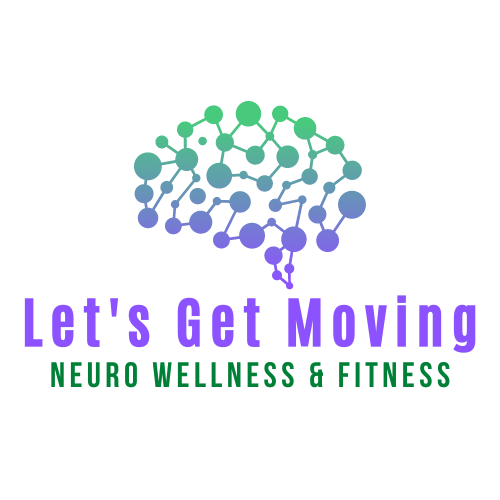5 Ways to Get More Out of Your Workout
There’s really no such thing as bad exercise. If it’s safe and effective then you are good to go. There are, however, ways that you can make a good exercise routine even better.
1. Get your heart pumping
Evidence continues to highlight the importance of cardio (or aerobic) exercise. Getting your heart rate elevated boasts immediate and long term health benefits for everyone. Research is ongoing although there are links between aerobic exercise and disease modification for progressive diseases, such as Parkinson’s. Even without all of the neurophysiological answers, we know enough to know that aerobic exercise should be a part of every exercise program. More importantly, it’s not expected that aerobic exercise will look the same for everyone. So even if you are someone who can’t tolerate (or doesn’t enjoy) higher intensity activities, anything that elevates your heart rate and induces fatigue counts as cardio.
2. Include multicomponent exercises
To reach leading exercise guidelines, consider programs that include multiple types of exercises. For example, forms of tai chi and yoga can address flexibility, balance, strength, and/or balance. Bootcamp, circuit training, dancing, and boxing can also address multiple forms of exercise and fit the bill. Aside from structured multicomponent exercise programs, you can create your own through combining two types of exercises consecutively, such as brisk walking followed by core strengthening. The benefits of multicomponent exercises are especially highlighted for the older adult population and have been safe for even those who fall into the frail older adult or chronic condition category.
3. Be consistent
Exercising even one time has short term health benefits although the greatest benefits come from consistency and healthy habit formation. To help with this, you may want to consider ways to help develop a routine, including writing down your plan, setting weekly exercise goals, having a workout buddy, accountability partner, or working with a health professional. It takes time for routines to develop and many people benefit from having an outside source, whether a friend, family member, or health professional, to help stay on track.
4. Know the goal of your exercise
Understanding why you’re exercising and what it helps with is a crucial part of sticking to your exercise routine. As adults we tend to do better with purpose driven activities so exercise shouldn’t be any different. If we don’t see the benefit of something, it’s less likely to become part of a routine or healthy habit. For example, asking a group fitness instructor what the class will help with prior to starting may help you get more out of it. Tying the benefits of exercise to personal, meaningful activities can help foster success and self-efficacy. Strength and cardio exercise should be prioritized for older adults since there are benefits linked to maintaining independence with everyday activities, managing pre-existing or minimizing the risk of developing chronic health conditions, and decreasing falls risk.
5. Change it up
While establishing a routine is important, it is just as important to make sure that you have some flexibility to include different types of exercises or programs. The same weekly program can become boring, lead to stagnancy, and become a reason that some discontinue exercising. You’ll get more out of your workout if you have multiple types of exercises that you enjoy, look forward to, and there’s enough difference each week to keep you motivated to continue.
Want to know more? Reach out to Let’s Get Moving and find out how working with a physical therapist on your wellness journey can help keep you active in what matters most!
